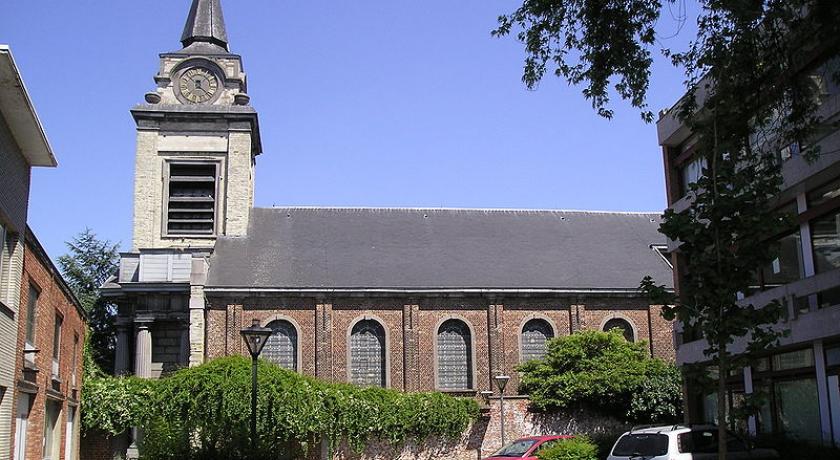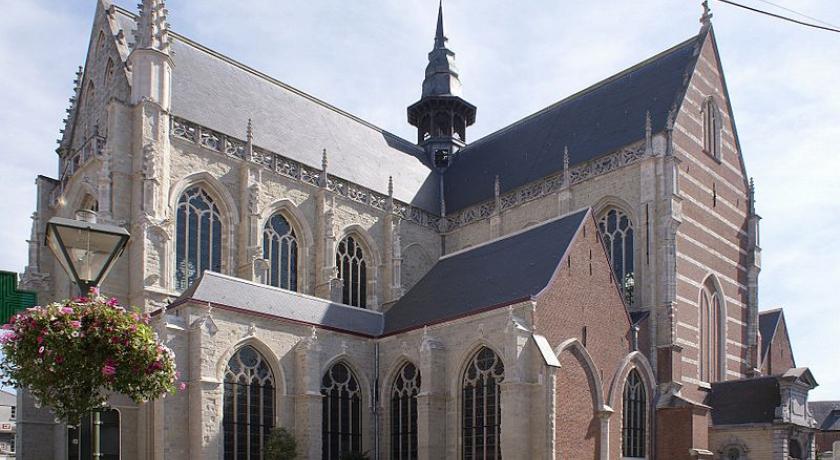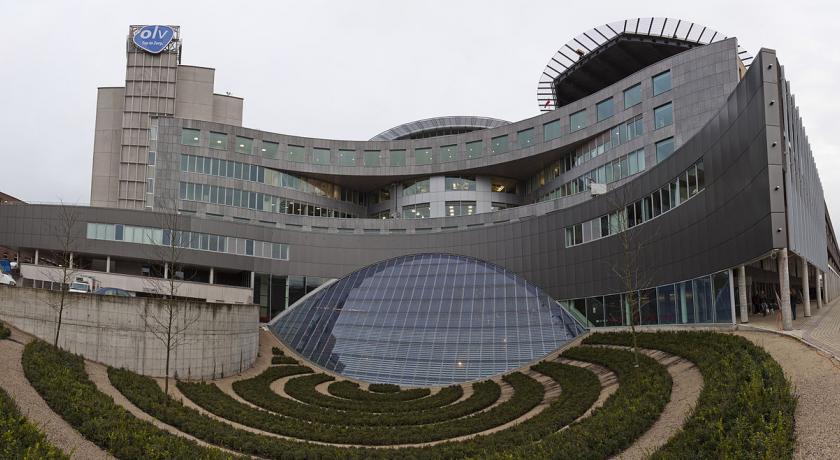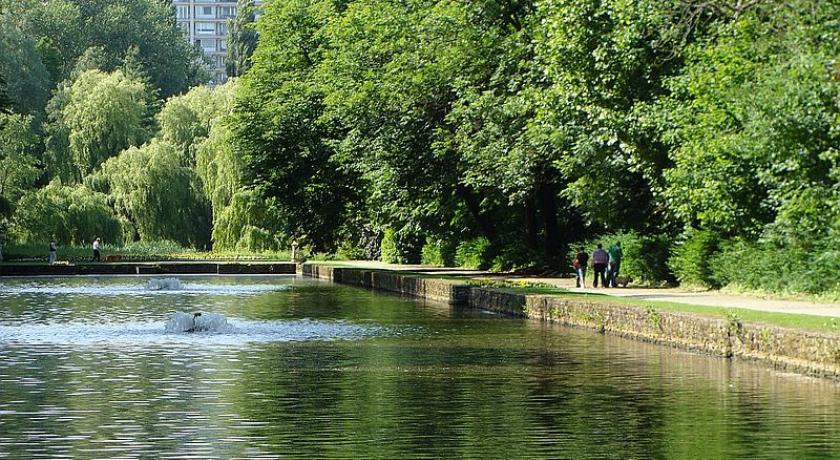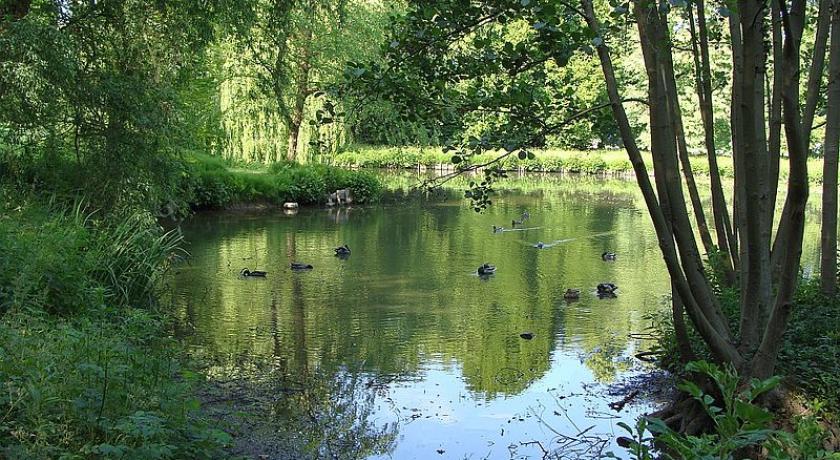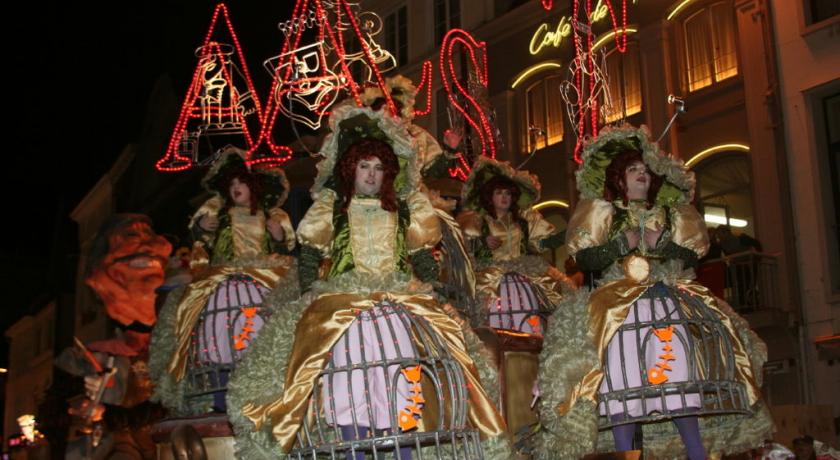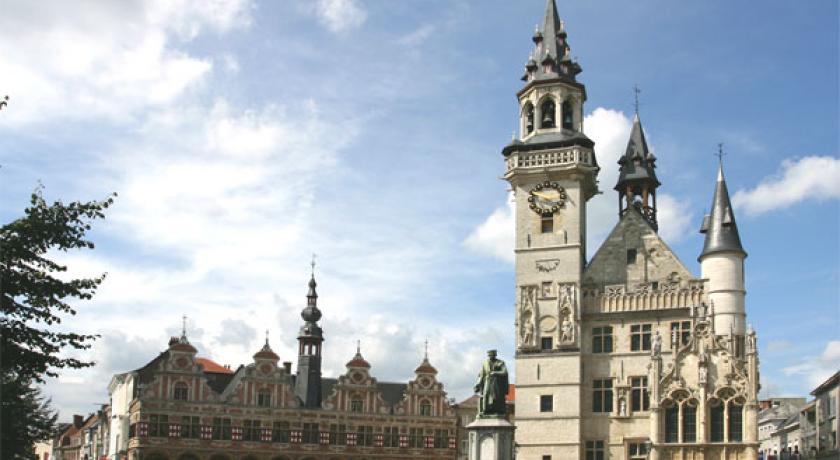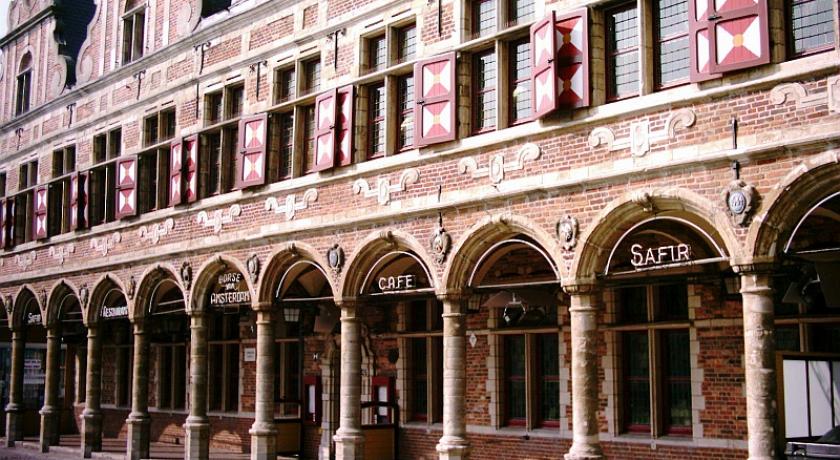Description
Aalst; French: Alost, Brabantian: Oilsjt) is a city and municipality on the Dender River, 31 kilometres (19 mi) northwest from Brussels. It is located in the Flemish province of East Flanders in the Denderstreek. The municipality comprises the city of Aalst itself and the villages of Baardegem, Erembo degem, Gijzegem, Herdersem, Hofstade, Meldert, Moorsel and Nieuwerkerken. Aalst is crossed by the Molenbeek-Ter Erpenbeek in Aalst and Hofstade. The current mayor of Aalst is Christoph D'Haese, from the New-Flemish Alliance party. The town has a long-standing (folkloric) feud with Dendermonde (situated north along the same river), which dates back from the middle ages.
History
The first historical records on Aalst date from the 9th century, when it was described as the villa Alost, a dependency of the Abbey of Lobbes. During the middle Ages, a town and port grew at this strategic point, where the road from Bruges to Cologne crossed the Dender. While it was within the Holy Roman Empire it was considered the capital of the province of Flanders. In 1046, Aalst was transferred to the Countship of Imperial Flanders, and absorbed a portion of Brabant, and in 1173 it was united with the remainder of the Flanders province. Its frontier position on the border of the Holy Roman Empire allowed the town to keep a certain degree of independence. Its relation with Brabant has been preserved in the city’s white and red coat of arms, the colours of Lotharingia.
Construction of the town hall began in the middle of the 12th century, making it the oldest surviving town hall in Belgium. Several manuscripts from this period still survive in the town archives. During the Hundred Years War the town of Aalst allied themselves with Louis de Male against Philip van Artevelde and sent troops in the victorious Battle of Roosebeke. The town hall, and the city itself, were almost entirely destroyed by fire in 1360. The town was soon rebuilt and a new belfry in gothic style was built in the 15th century. This was a time of great prosperity for the city, dominated by the powerful weavers’ guild. It is also at that time that Dirk Martens, a local citizen, became the Southern Netherlands’ first printer, founding a printing shop in 1473 that published books by various authors including Christopher Columbus; Martens would later become a professor at the Old University of Leuven, and he was laid to rest in the Church of St. Marten.
Aalst suffered considerably under the Eighty Years' War (1568–1648). It was later taken by the French Marshal Turenne in the War of Devolution of 1667, and then occupied by France until 1706, when it became independent once more following the Battle of Ramillies, along with Southern Flanders in general. The textile-based economy flourished under the French. In the 18th century, the Austrians controlled the region. 1830 saw Belgium gain independence and Aalst became part of the country; this ended a long period, starting in 1056, of foreign control, by such as the Spanish, German, French, and the Dutch. The 19th century was marked by social crises engendered by the Industrial Revolution, with Father Adolf Daens and his Christene Volkspartij emerging as the local defender of workers' rights. This was in response to Rerum novarum, which established worker rights. However Daens felt this did not do enough. Eventually, he was made to pay for his "splinter movement". In the Pre-World War II years, the fascist movement in the Low Countries gained momentum, with theVlaamsch Nationaal Verbond (Flemish National Front) becoming established in the region. Aalst, along with Brussels and Antwerp were the strongest subscribers to this line of thought. The 20th century was marked by bombardment and occupation by the Germans during both world wars.
Economy
The textile industry is still vibrant in Aalst, in part because of the French occupation. Aalst produces not only the textiles themselves, clothing and footwear, but manufactures many of the needed machines. The more rural regions are noted for their production of hops, which are sold to the old breweries there. They also have a large active cut flower business in the region.
Events
Aalst is famous for its carnival festivities, celebrated every year before Lent. During this celebration, the former town hall belfry is the site of the traditional "throwing of the onions". A Prince Carnival is elected, who is allowed to "rule" the city for three days. A big parade crosses the city on Sunday, with about 70 groups of costumed volunteers and parade cars. Carnival Tuesday or Shrove Tuesday (by tradition, the day before Ash Wednesday), is known as the day of the 'Voil Jeannetten' (literally: "the Dirty Jennies"), i.e., men dressed as women. The festivities traditionally end with the "Burning of the Doll", happening on Tuesday evening.
Sites of interest
- The 15th-century belfry next to the town hall contains a 52-bell carillon, the oldest in Belgium. Together with the adjacent Aldermen’s House, it was classified by UNESCO as a World Heritage Site in 1999 (part of Belfries of Belgium and France).
- The famous "unfinished" St. Martin's Collegiate Church, in Gothic style, dates back to 1480. It contains a painting by Rubens, "Saint Roch beseeching Christ to terminate the Plague at Aalst", and it has also a tabernacle (dated 1605), which features sculptures made by Hiëronymus Duquesnoy the Elder, whose most famous creation is Manneken Pis. This church was damaged in 1914.
- The statue of Dirk Martens (1450–1534), first printer in the Netherlands.
- The old breweries that produce their own hops.
- The Town square has a gallery with a second statue of Martens along with Charles V.
Source https://en.wikipedia.org/wiki/Aalst,_Belgium
Address
Aalst
Belgium
Lat: 50.770061493 - Lng: 4.865019798


